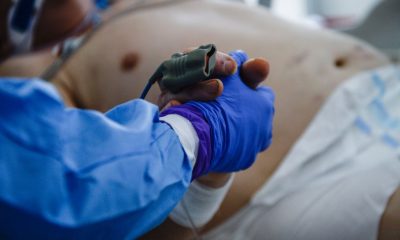The world is still grappling with the coronavirus disease as the pandemic continues. Every day, reports on transmissions and new cases keep pouring in. And if you are one of those who got exposed to COVID-19 recently, don’t panic. Below are the things you need to know to prepare for what’s about to happen next.
The Centers for Disease Control and Prevention (CDC) has been monitoring SARS-CoV-2 since the global health crisis started in early 2020. The public health agency has been publishing different guidelines to help people become aware of what to do and how to respond after exposure to the virus.
Per the CDC, the first step upon learning that you were exposed to COVID-19 or getting informed by a healthcare provider about a recent exposure is to start precautions immediately.
Regardless of your vaccination status or if you have had a previous infection, you need to wear a mask to prevent exposure or the spread of the virus. You will need to mask up for ten full days when around others inside your home or when you are in a public indoor setting.
It is best not to go to places where you are unable to wear a mask upon exposure to contain the situation and prevent the further spread of the virus. You need to take extra precautions when you are around people more likely to get severely sick from COVID-19.
You need to watch for symptoms next. Common symptoms of the infection include fever, cough and shortness of breath, among others. If you start showing symptoms, you should isolate yourself from other people immediately.
When counting the days of your isolation, consider the day of your last exposure to someone with COVID-19 as Day 0. On the other hand, the first full day after your last exposure is Day 1. It is crucial to count the days because, after at least 5 full days since your last exposure, you will need to get tested.
If you tested negative, you can continue taking precautions through Day 10. But if you tested positive, you need to isolate yourself from others immediately. You need to wear a high-quality mask even at home, and you should not travel. You need to use a separate bathroom from the rest of the people living in the household, if possible. You should also not share household items.
Testing positive means you have the virus, and you can transmit it to other people. Lastly, you need to closely monitor your symptoms. Should you develop alarming signs such as trouble breathing, you should seek emergency medical care immediately.
The CDC has an Isolation and Exposure Calculator available on its website. What this tool does is help people determine if they need to isolate or take further steps to prevent spreading the virus. You can check this feature out if you want to know more about the updated guidelines for COVID-19 exposure.
















